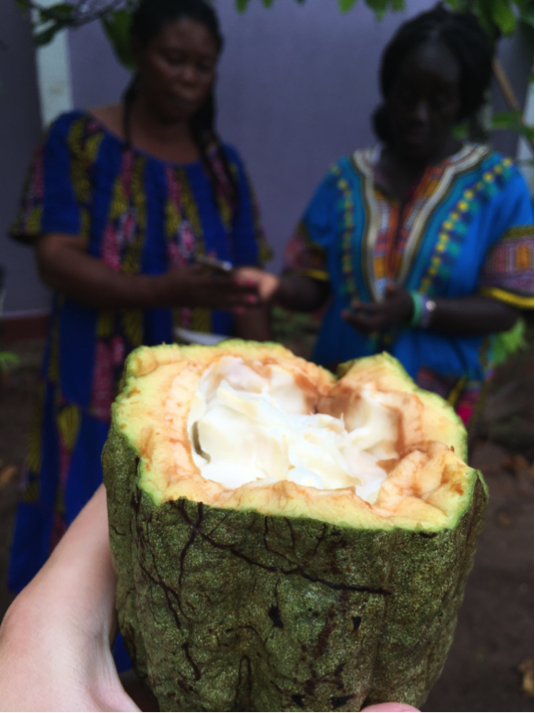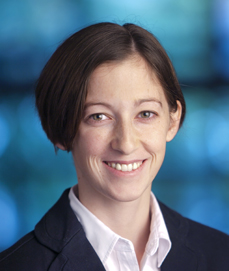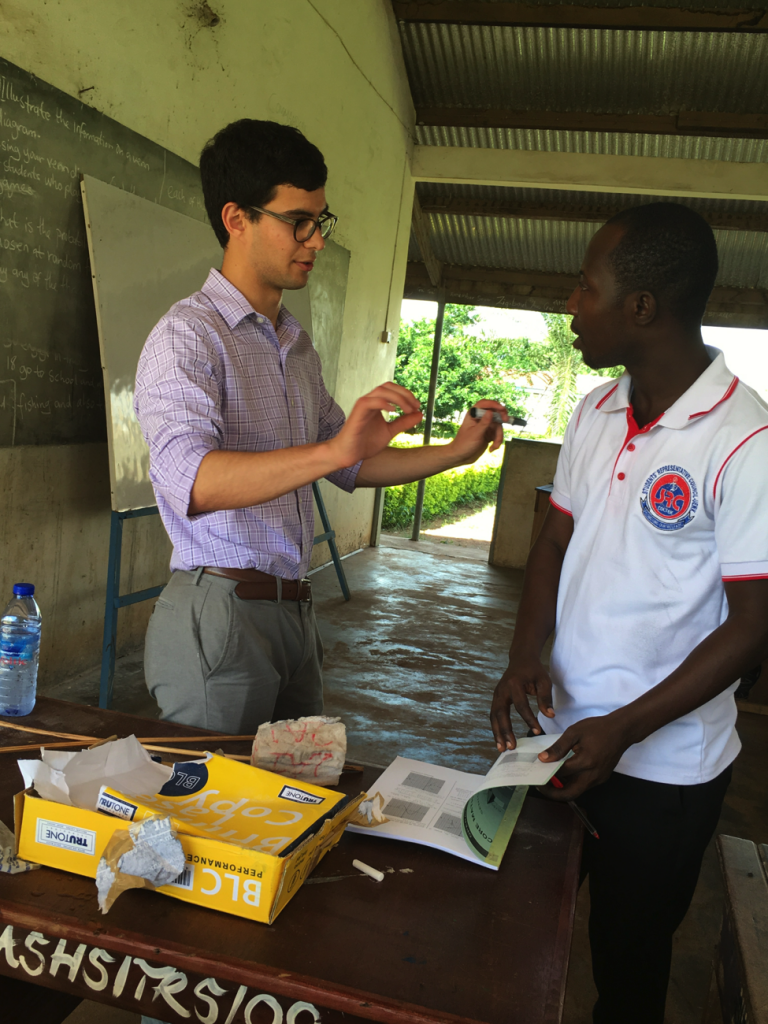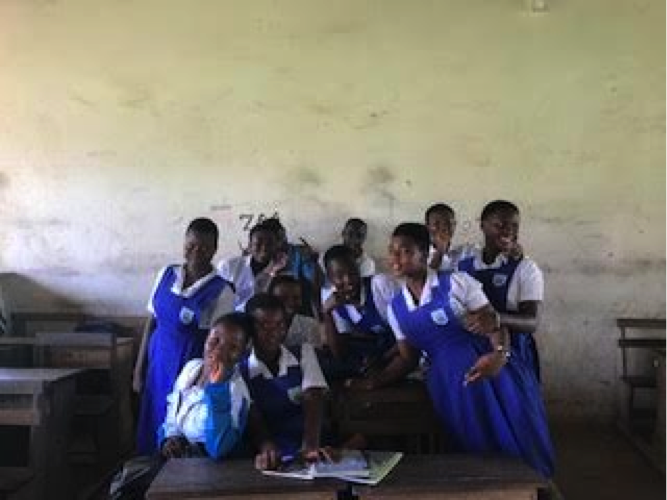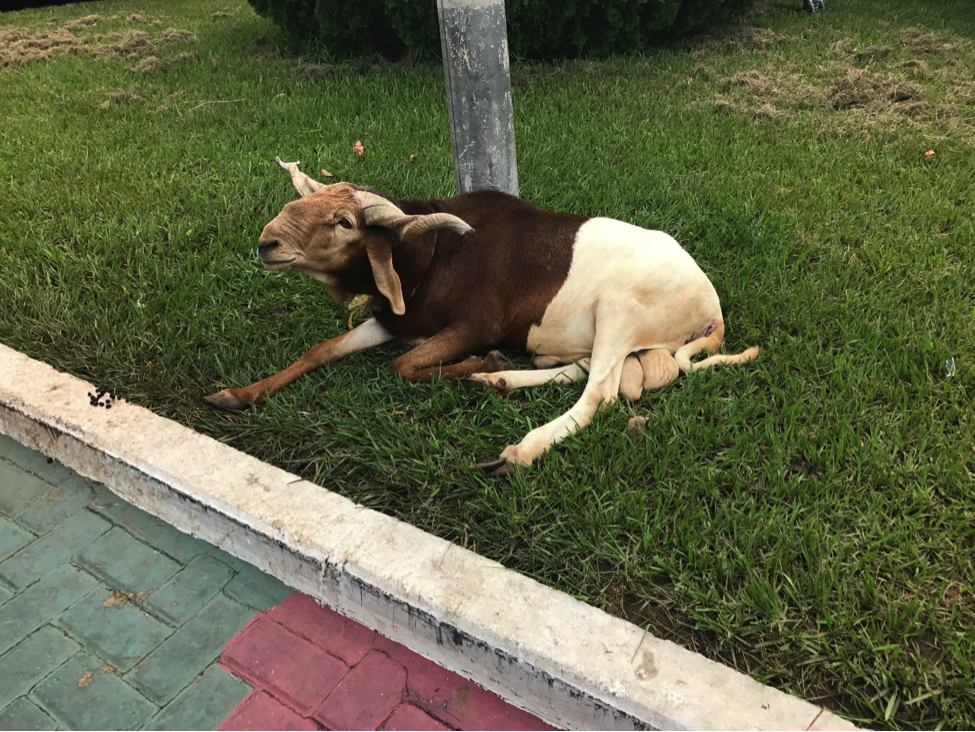New research by faculty in the University of Pennsylvania Department of Bioengineering is examining the interplay between cells and their environment and how they impact the cells’ ability to grow and spread, showing that stiffness is not the only factor researchers should consider when studying this process.
The relationship between cellular adhesion and spread is a key factor in cancer metastasis. Better understanding of this dynamic would improve diagnosis of the disease and provide a potential target in combating it; reducing the ability of cells to grip their environment could keep them contained.

The study, published in the Proceedings of the National Academy of Sciences, was led by Vivek Shenoy, professor in the Department of Materials Science and Engineering, co-director of Penn’s Center for Engineering Mechanobiology, and a secondary faculty member in the Department of Bioengineering, along with Xuan Cao and Ehsan Ban, members of his lab. They collaborated with Jason Burdick, professor in the Department of Bioengineering, Boston University’s Christopher Chen, the University of Michigan’s Brendon Baker and the University of Hong Kong’s Yuan Lin.
This collaboration reflects work of The Center for Engineering Mechanobiology, a National Science Foundation-funded Science and Technology Center that supports interdisciplinary research on the way cells exert and are influenced by the physical forces in their environment.
Previous work from Shenoy’s group has shown that the relationship between cancer cells and the extracellular matrix is dynamic, containing feedback mechanisms that can change the ECM’s properties, including overall stiffness. One earlier study investigated how cancer cells attempt to strike a balance in the density of the fibrous netting surrounding them. If there are too few fibers to grip, the cells can’t get enough traction to move. If there are too many, the holes in the net become too small for the cells to pass through.




